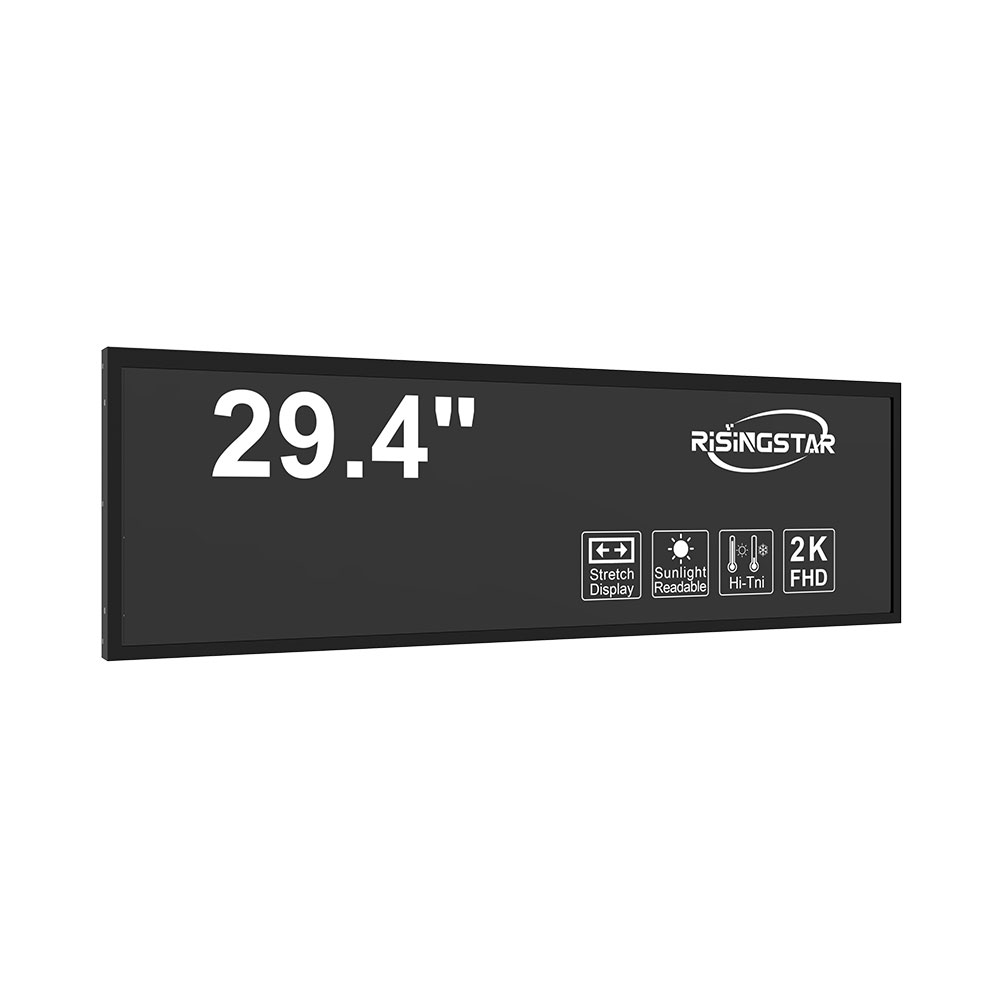- Home
- About Us
- Products
- News
- Video
- Contact
- Send Inquiry
Search
- Home
- About Us
- Products
- News
- Video
- Contact
- Send Inquiry

When it comes to deploying digital signage in outdoor environments—whether for retail advertising, public transportation displays, or municipal information systems—the choice of an outdoor LCD screen is critical. Unlike indoor displays, outdoor LCDs must withstand extreme temperatures, direct sunlight, humidity, and potential physical damage. A poorly selected display can result in poor visibility, frequent maintenance, and even total system failure, costing businesses time and money. According to a 2023 report by Grand View Research, the global outdoor digital signage market is projected to reach $37.8 billion by 2030, growing at a CAGR of 9.6%, underscoring the increasing demand for reliable, high-brightness solutions.
The most important factor to consider when selecting an outdoor LCD screen is brightness. Standard indoor displays typically offer 250–400 nits of brightness, which is insufficient under direct sunlight. For outdoor use, a minimum of 5,000 nits is recommended—even higher (up to 10,000 nits) for extremely sunny regions like Dubai or Phoenix. This level of brightness ensures visibility during peak daylight hours. Technologies such as high-luminance LED backlights and advanced anti-glare coatings are essential to achieving this performance without excessive power consumption.

Another key consideration is the screen’s environmental sealing. The IP (Ingress Protection) rating indicates resistance to dust and water. For outdoor applications, an IP65 or higher rating is necessary to protect against rain, wind-blown debris, and dust accumulation. For example, a case study from Samsung’s Smart Signage platform in London revealed that displays with IP65 ratings had 85% fewer maintenance issues over a 12-month period compared to those with lower ratings.
Durability also hinges on the type of panel used. While traditional LCD panels can suffer from color degradation and reduced contrast in extreme temperatures, newer technologies such as IPS (In-Plane Switching) and OLED offer better viewing angles and thermal stability. For instance, LG’s Outdoor OLED displays, tested in Arizona’s summer heat (up to 45°C), maintained consistent performance across a wide temperature range—unlike older TN panels that degraded significantly above 35°C.
Power efficiency matters too. Outdoor displays often operate 24/7, so energy-efficient models with intelligent brightness control (ABC) reduce electricity costs while extending screen life. In a real-world test conducted by Sharp in Singapore, an ABC-enabled outdoor LCD consumed 28% less power than a non-intelligent model, with no noticeable loss in image quality.
Finally, connectivity and remote management capabilities should not be overlooked. Modern outdoor LCDs support Ethernet, Wi-Fi, and cellular connectivity, enabling real-time content updates and diagnostics. Platforms like BrightSign and Xibo provide robust remote management tools that allow operators to monitor uptime, adjust brightness settings based on ambient light, and schedule content delivery—all crucial for maximizing ROI in commercial installations.
In conclusion, choosing the right outdoor LCD screen requires a balanced evaluation of brightness, durability, environmental protection, energy efficiency, and smart features. Businesses investing in outdoor digital signage must prioritize long-term reliability over upfront cost savings. As the market continues to grow—with new innovations in micro-LED and flexible displays on the horizon—understanding these core principles ensures that your investment delivers clear, impactful, and enduring results.